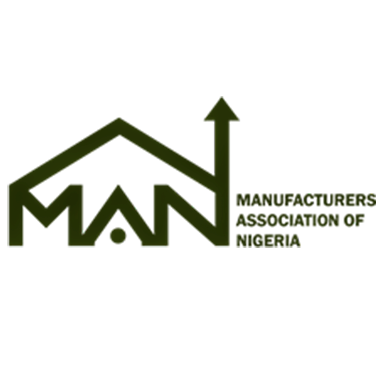The Manufacturers Association of Nigeria (MAN) has said that the outlook for the manufacturing sector in 2024 may not be a positive one, especially in the first half of the year.
Its Director General, Mr Segun Ajayi-Kadir, disclosed this an interview with the News Agency of Nigeria (NAN) on Tuesday in Lagos.
Ajayi-Kadir projected that the year would be challenging, with subtle possibility of recovery from the third quarter.
According to him, the envisaged recovery is highly dependent on the deployment of policy stimulus supported with a synthesis of domestic growth driven by export focused and offensive trade strategies.
This, he said, would promote resilience, steady growth and ensure that the sector gains meaningful traction in the later part of the year.
He noted that a quick examination of the trajectory of manufacturing globally portrayed a struggling sector challenged by key macroeconomic variables and externalities, leading to dwindling growth.
This, he said, was evidenced by the manufacturing growth rates in China, United States of America, and South Africa with Nigeria not exempted.
He noted that the manufacturing growth rate nosedived to 0.48 per cent in Q3 2023 as against 2.4 per cent in 2021.
“Drawing from likely economic dynamics and in the light of the aforementioned, the projections for the manufacturing sector in 2024 are as follows:
“There will be clarity on the actual and specific policy direction and priority areas of the current administration, especially around deepening industrialisation and we look forward to engaging government in this regard.
“In 2024, sectoral real growth is expected to hit about 3.2 per cent; contribution to the economy will most likely exceed 10 per cent and the Manufacturers’ CEOs Confidence Index is predicted to rise above 55 points threshold by the end of Q4 2023.
“Average capacity utilisation will still hover around the 50 per cent threshold as the foreign exchange related challenges and high inflation rate limiting manufacturing performance may linger until mid-year.
“The sector may experience a meagre improvement in manufacturing output as foreign exchange and interest rates related challenges are expected to subside from the third quarter,” he said.
Ajayi-Kadir added that higher manufacturing output was envisaged from the beginning of the third quarter of the year.
This, he explained, would happen as the government disburses capital provisions of the budget to abandoned, ongoing and new capital projects with expected special preference for locally made products.
He said the ongoing concessions of seaports, airports and roads may also provide opportunities for the cement sub-sector and contribute to infrastructure upgrade needed to enhance manufacturing productivity.
He said results of the emerging upward surge in global oil prices, domestic oil and gas production, local refining of petroleum products and projected gains of exchange rate unification would promote stability in the foreign exchange market.
This, he stated, would impact manufacturing positively from the second half of the year and lead to reduction in the pressure on demand for foreign exchange and improve the inflow of export proceeds from oil and gas.
“We should expect dynamic implementation of the Electricity Act 2023, which will increase private investment in renewable energy, enhance energy efficiency and improve electricity supply to the manufacturing sector.
“The improved electricity supply will ameliorate the issue of inadequacy, reduce the disruptions occasioned by frequent outages and in turn improve energy security.
“In broad terms, the year 2024 may start on a tough note for manufacturing but may end with some measured improvements because the envisaged policy reforms, improved commitment to domestic production and general positive outlook seams favourable for the sector,” he said. (NAN)


